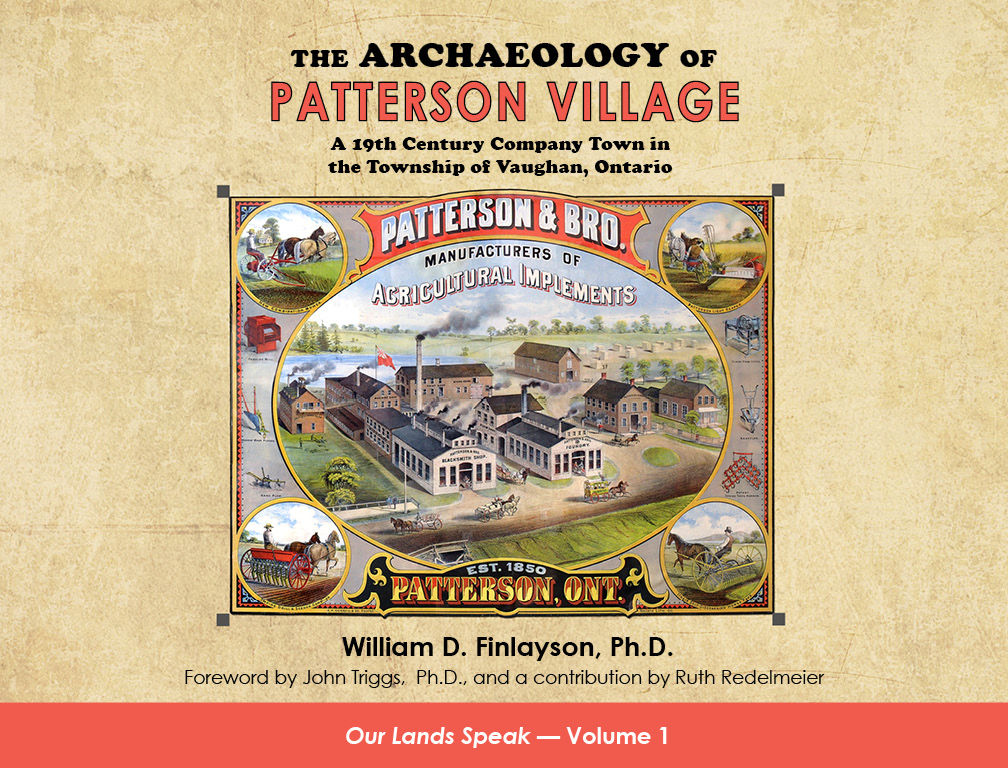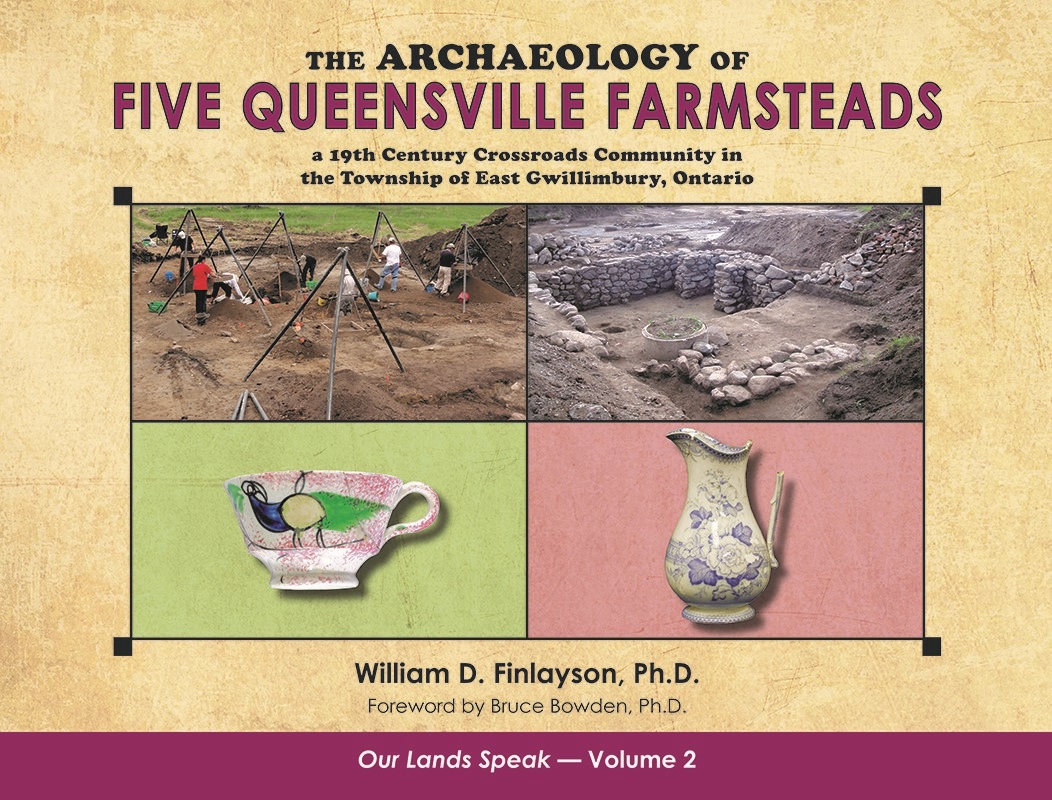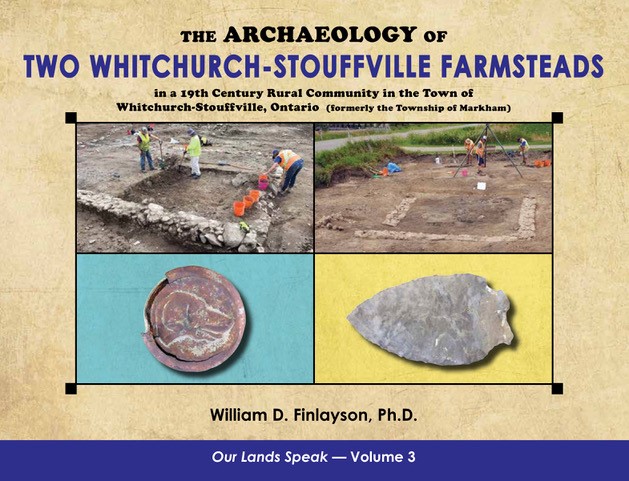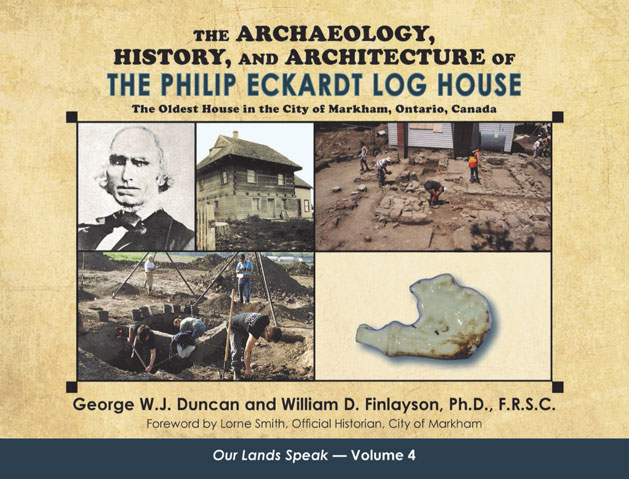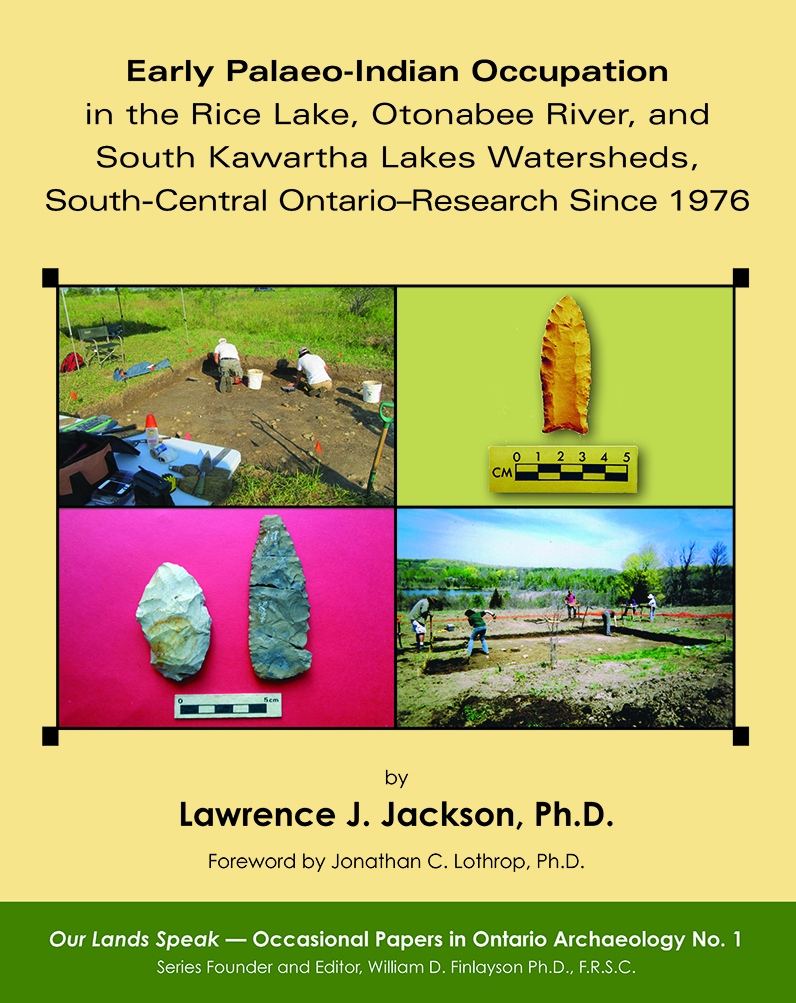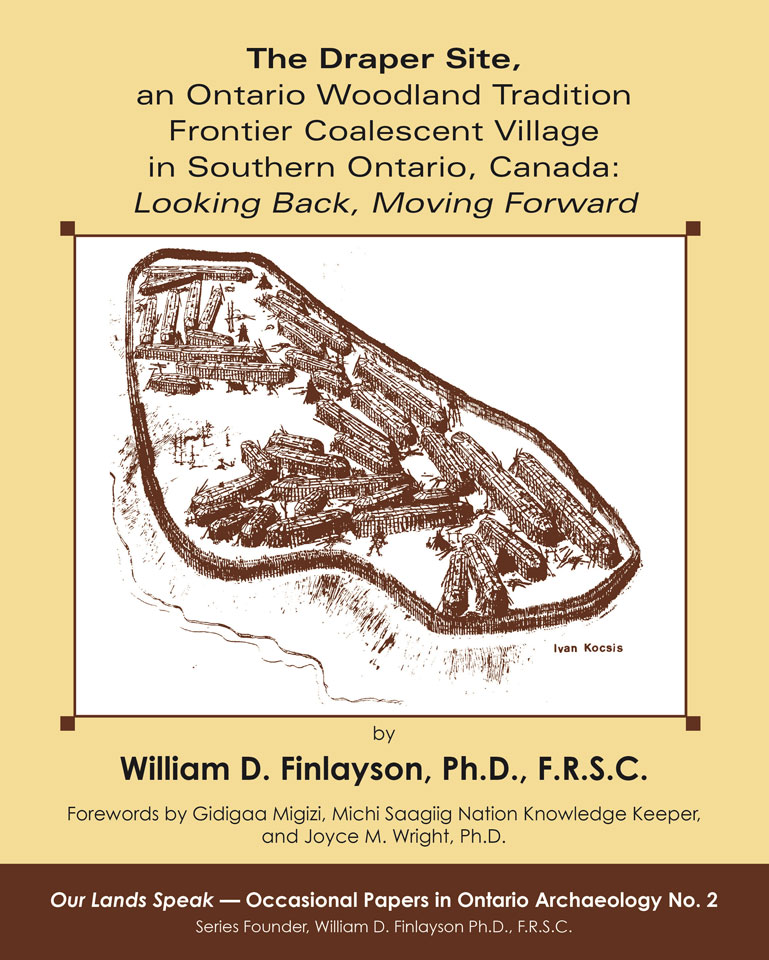Free Downloads from Bill’s Digital Library
More from Bill:
As archaeologists our goal is to investigate the history of the occupation of the peoples of Ontario, whether it be the 12,000-year-plus occupations by Indigenous People or much more recently Euro-Canadian and other immigrants who have inhabited the province since the early 17th century.
Archaeological methods are generally destructive and, when we completely dig a site, there is nothing left but the artifacts, field notes, drawings, and photographs which detail our work. From these data, we generate the reports required by government agencies, be they federal, provincial, municipal, or First Nations.
Thus, archaeology is about gathering and disseminating knowledge about our investigations. That is the primary goal—it is not creating jobs for archaeologists or creating profits for commercial companies although, unfortunately, that is increasingly the direction in which Ontario archaeology is headed.
Our Lands Speak book series is designed to publish and distribute the information gained from archaeological projects undertaken by myself or my company, This Land Archaeology Inc., or those colleagues who share our goals of disseminating knowledge. We do this in two ways: the original Ours Land Speak series are popular books designed to convey to the general public some of the projects we have undertaken and the results of those projects. The second way is through the Occasional Papers part of the series; these are scholarly studies which address issues of more interest to academics at universities, their undergraduate and graduate students, and to colleagues who participate in archaeological resource management in the private sector and in government agencies.
Volume 2
The Archaeology of Five Queensville Farmsteads
The second volume in the Our Lands Speak series
Volume 3
The Archaeology of Two Whitchurch-Stouffville Farmsteads
The third volume in the Our Lands Speak series
Occasional Papers in Archaeology No. 1
Early Palaeo-Indian Occupation in the Rice Lake, Otonabee River, and South Kawartha Lakes Watersheds, South-Central Ontario-Research Since 1976
Our Lands Speak – Occasional Papers in Archaeology No. 1
Occasional Papers in Archaeology No. 2
The Draper Site, An Ontario Woodland Tradition Frontier Coalescent Village in Southern Ontario, Canada: Looking Back, Moving Forward
Our Lands Speak – Occasional Papers in Archaeology No. 2
– Sheri Andrunyk, Publisher, I C Publishing, Ontario, Canada
–James W. Bradley, Ph.D., Director Emeritus,
Robert S. Peabody Museum of Archaeology in Andover, MA
Endorsement for:
The Keffer Site, 15th and 16th Century A.D. Ontario Woodland Tradition Frontiers, Communities, and Coalescence on the Don and Upper Rouge River Drainages, Southern Ontario, Canada (2024)
by William D. Finlayson and Harry J. Lerner
This volume presents an analysis and interpretation of the Keffer site settlement patterns. The Keffer site, an early 16th century Huron-Wendat/Anishinabek village, was fully excavated as a CRM project almost 40 years ago under the direction of the senior author. This publication provides a detailed investigation of the site from a settlement pattern approach, covering ancillary structures (sweat baths), houses and palisades, settlement layout, and regional context. Data is laid out in a series of tables, graphs, and over 200 full-colour house and site plans. The Keffer site along with 28 other sites in the Don and Upper Rouge drainages in the Toronto region, dating to the late 15th and 16th century, are arranged chronologically in regional sequences, based on settlement duration, population, and occupational histories of individual sites. It offers the most current history of Huron-Wendat/Anishinabek interaction on the north shore of Lake Ontario ca. 1475-1550. This book will become one of the classic references for future research on the Indigenous landscape of 15th and 16th century southern Ontario.
– Gary Warrick, Ph.D., Professor Emeritus,
History and Indigenous Studies, Wilfrid Laurier University
– Gidigaa Migizi, Knowledge Keeper Michi Saagiig Nation
– Joyce M. Wright, Ph.D.
– Elaine Dewar
